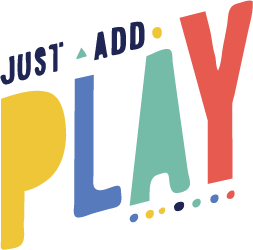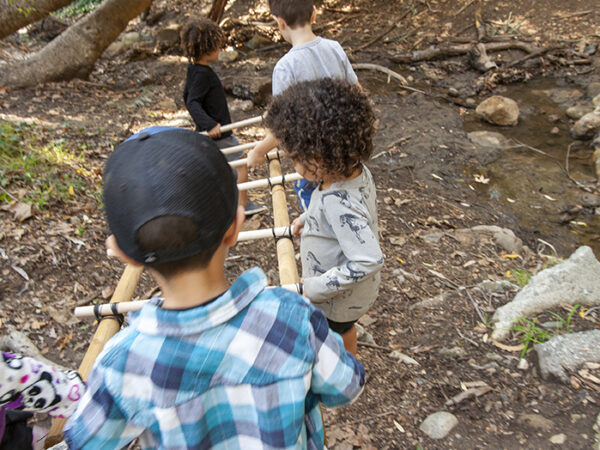I was recently searching through an old harddrive for pictures, when I found some curriculum files from my teaching days. I started browsing through the files, cleaning out what I now considered irrelevant. I was just getting into a good rhythm (Preview. Delete. Preview. Delete. Preview. Delete.) when one file, in particular, caught my attention.
The file was titled: “Art of Happiness Quiz.”
I stopped and stared at the screen, dumbfounded. Wait, what? A quiz on happiness?!?!
As I opened the file, I began to remember what it was about. The quiz was from a high school unit I taught on positive psychology. The idea was to help students reflect on their own interests and personalities, by applying psychology concepts to their daily lives and their college planning. One of the readings in the unit was The Art of Happiness by the Dalai Lama and Howard Cutler. This was a quiz on the content of that book.
Immersing myself in that context, the file kind of, sort of, almost made sense. My class was learning about something, and as a teacher who had to assign grades, I had to assess that learning in concrete terms. Hence a quiz on our reading. It was just part of our normal classroom routine. Within the logic of the school system, it all made perfect sense. Outside of the school system, though, in the world of real logic, it makes absolutely no sense at all. The concept of quizzing teenagers on the Art of Happiness is patently absurd.
To be fair, I worked hard when I was teaching to deliver something interesting and different to my students. A lot of teachers do. The problem isn’t the content of the learning packages being delivered. It’s the compulsory, top-down system in which the package is wrapped.
Imagine reading an inspiring book, like The Art of Happiness. You would naturally talk about it with your friends. If they had read the book, you’d want to know what they think. If they hadn’t read it, you would probably suggest it. Maybe you would even pass along your copy, as a gift or an offering. You would never, though, follow that offering with an exam or a choice of projects to complete. (“OK, Nicole. Would you like to create a diorama of your favorite scene? Or would you prefer to draw a poster for the movie version of the book? Be sure to bring it with you when we meet for coffee next week.”) Frankly, it just wouldn’t be polite, if over dinner, you prodded your friend with thinly disguised questions to see if they actually read the book and understood chapter 4.
Certainly, if a friend said to you, “Thanks for the suggestion, but I’m not a fan of that author,” you would never force them to read the book. You wouldn’t threaten them with failure or shame them in front of their peers for not being interested in something you consider valuable. In fact, you would never expect to pass along the same books to all of your friends. They have different interests, after all.
You wouldn’t do these things because they are absurd. It is simply not how respectful intellectual exchange works. So why do we expect it to work that way in school? Usually, what it boils down to is the belief that if we don’t make curriculum compulsory, kids won’t engage with the coursework. If this is true, though, it means that either something is wrong with children’s curiosity (not likely) or something is wrong with the school’s offerings. If we have to make the “gift of learning” mandatory, we should really start to wonder about the quality of our gift.
A thoughtful gift doesn’t come from the idea of what we think somebody should want, or what we want, but what the recipient actually wants. Instead of designing classes that include mandatory readings on what we believe will help kids become happy adults, or informed citizens, we could simply ask them: What would you like to do? What would bring you joy? Then make space for those things.
If we have something new to present, then instead of functioning as requirements, classes and reading lists could just be simple offerings– like the offering of a good book to a friend, or a cooking lesson from your grandmother. If the offering is interesting and targeted to them, kids will engage. They will accept the gift and give you their enthusiasm and ideas in return; and their enthusiasm will spread to one another. This is the essence of a learning community. And it all starts with the simple gift of choice.





